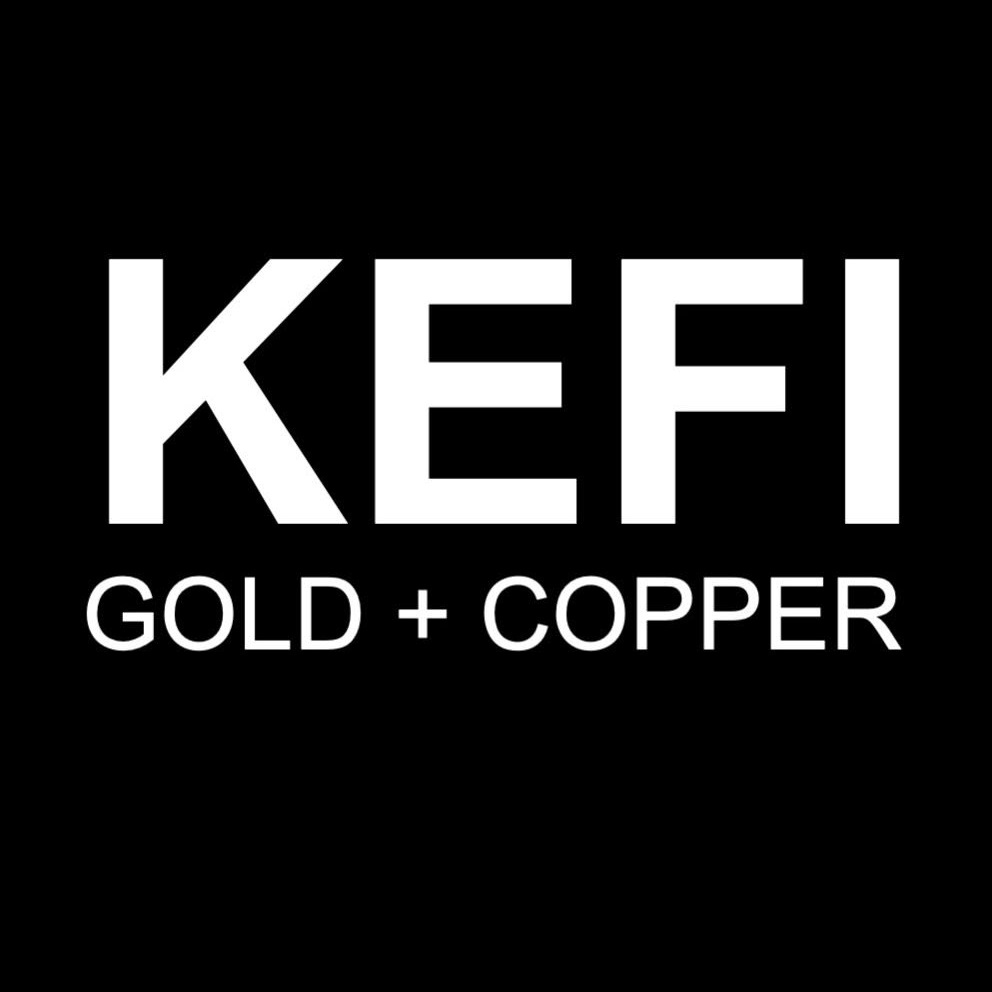Gold prices have surged above $2,690, continuing their push towards record highs this year. This represents a 5.48% increase over the past month and an impressive 40% growth over the past year.
Just last month, the price of gold exceeded $2,500 per troy ounce. This increase has been supported by interest rate cuts from the US Federal Reserve, which have reduced the opportunity cost of holding non-yielding assets like gold.
Market expectations for further interest rate cuts in the US have continued to drive demand for gold. Traders are currently pricing in a 62% chance of a 50 basis point rate cut by the Federal Reserve in November, according to the CME FedWatch tool. Investors are also closely watching upcoming remarks from Fed Chair Jerome Powell, as they are expected to offer more insights into the potential for future rate adjustments, which will play a significant role in determining the direction of gold prices.
The demand for gold has been further heightened by growing global uncertainties, including the ongoing conflict in Israel and Gaza. This situation has made gold an even more attractive option as a safe-haven asset, protecting against inflation and geopolitical turmoil.
Over the past year, several key factors have contributed to the significant rise in gold futures prices. Geopolitical tensions in Europe, Asia, and the Middle East have increased investors’ interest in gold as a reliable store of value during times of crisis. Additionally, central banks, especially from BRICS+ nations, have ramped up their gold purchases. This move is aimed at reducing their reliance on U.S. Treasuries and the dollar, as well as avoiding the impact of Western sanctions related to the use of dollars and euros.
The weakening of the US dollar, coupled with expectations of further Federal Reserve rate cuts, has made gold even more attractive to investors. Lower interest rates generally boost the appeal of non-interest-bearing assets like gold. Persistent inflation concerns have also fuelled increased demand for gold, which is traditionally viewed as a hedge against rising prices.
The BRICS nations’ plans for a gold-backed currency, expanded to 10 member states earlier this year, now account for 30% of global GDP. Gold’s role as a stable asset in times of inflation is key, as it holds its value and is a standardised store of wealth. Each troy ounce of gold is universally recognised, maintaining its purchasing power across centuries and global markets.
Gold remains a valuable asset with intrinsic worth, continuing to provide stability and security in times of economic and geopolitical uncertainty. Its status as a long-term store of value is unmatched, making it a reliable option for those seeking to preserve wealth across generations.
London-listed company KEFI Gold and Copper plc (LON:KEFI) is an exploration and development company focused on gold and copper deposits in the highly prospective Arabian-Nubian Shield. The Company operates in Ethiopia and Saudi Arabia with projects including Tulu Kapi project, Jibal Qutman EL and Hawiah.


